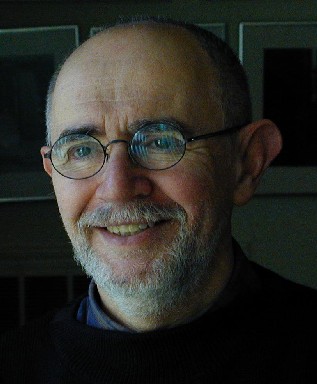
Frank B. Baird , Jr. Professor of Science (Emeritus)
More information on our research group can be found at X-RAY Group Home Page
Click here for the full list of the Group's: publications

The principal aim of our group had been to make use of the latest developments in synchrotron generated X-rays to study fundamental properties of condensed matter. Our most recent efforts were directed at understanding the structural and statistical properties of the surfaces of liquid metals and their alloys. This work was partially motivated by theoretical predictions regarding the fact that the interactions between the Fermi conduction electron liquid and the classical liquid of charged ions in the bulk change dramatically across the liquid/vapor interface. Aside from this there is also the prediction by Gibbs of surface absorption of the element with the lower surface tension. For Au-Si-Ge eutetic alloys the surface enrichment of Si is displaced by Ge as the bulk concentration of Ge increases. This is accompanied by dramatic changes in the 2D surface structure of the alloy. Another system of current intereset is the Sn-Li liquid metal that has been proposed for the container walls for tokamak fusion devices.
The synchrotron x-ray methods used for liquid metals have also been used for a variety of other studies. For example, In collaboration with Prof. Silvera we have studied the cryogenic quantum liquids, 3He, 4He and 3He-4He mixtures. Other projects dealt with the statistical and structural propertiess of two-dimensional phases that can be formed by monolayers of large insoluble molecules on the surface of water. Examples of which are metallic clusters, fullerene derivatives and synthetic polypeptides. We have also studied the effects of film thickness on the thermal flucutations and and structure of thin (i.e. 10 to 1000 Angstrom) films. of fluids adsorbed onto both liquid and solid surfaces. Partically intersting is the manner in which thin liquids coat the walls of nano-sized pores in various solids. Effects such as the self assembly of Au nano-particles can be controlled through variation of the thickness of the adsorbed fluid.